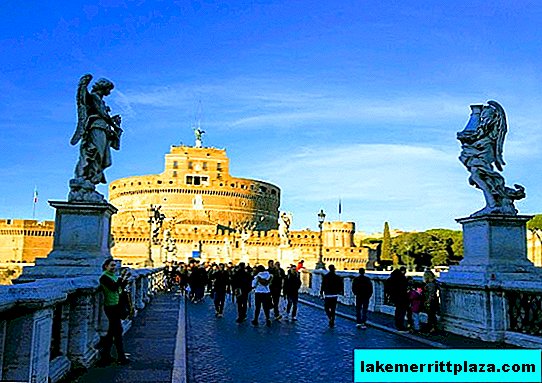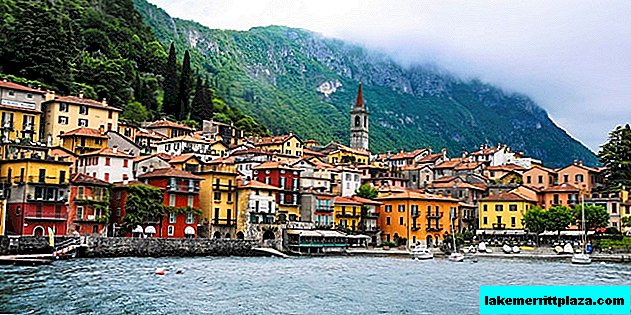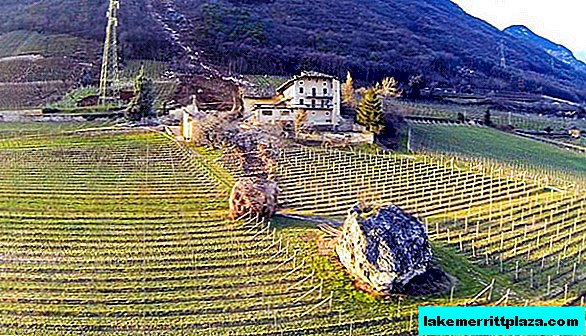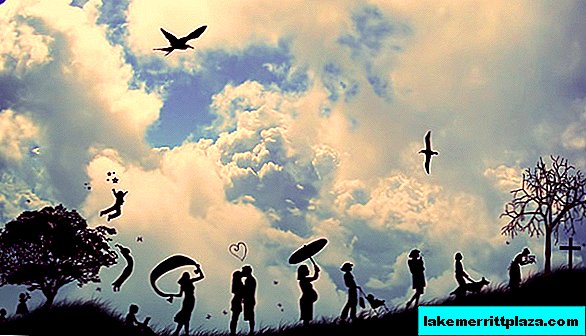The first bridge over the Tiber, stretching to the castle of the Holy Angel, was built along with the mausoleum at the direction of the emperor Hadrian. Initially, it was called in honor of the creator "Adrian Bridge" or "Eliev Bridge", and in the VI century, together with the castle, was renamed the St. Angel's Bridge.
Despite the external beauty, the bridge has a rather gloomy history. So in the middle of the 15th century, due to the influx of pilgrims hurrying to Mass in St. Peter's Basilica, the fences of the bridge could not stand it, and many people drowned in the river. Later it became a tradition to hang the bodies of executed criminals on the bridge. Fortunately, this "custom" did not last long.
At the beginning of the 16th century, as directed by Clement VII, statues of the Apostles Peter and Paul appeared here. A century later, the idea of the predecessor was supported by Clement IX, who instructed the famous Giovanni Lorenzo Bernini to create a series of sculptures to decorate the building.

St. Angel's Bridge is also known as Eliev Bridge
So on the bridge appeared 10 angels holding in their hands the symbols of the passions of Christ. Two sculptures - an angel with a crown of thorns and a sign "Inri" - belong to the hand of the greatest master, the rest were made by his students.
For pilgrims, the bridge of the Holy Angel has a sacred meaning. He shares the secular city with the city of St. Peter. To go through it means to purify yourself and draw near to the Kingdom of Heaven.








